Automated controller solves gas-powered generator problems
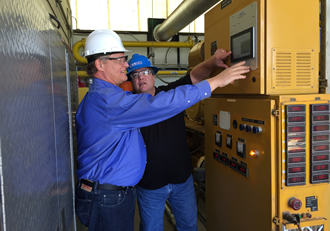
A growing source of renewable energy, landfill gas, and in particular the owners of waste storage sites are governed by strict regulations for the construction, operation and emissions generated at these facilities. An operator was searching for a solution to its engine generator emissions problems. The installed engine control schemes were manual but the landfill gas composition varied from day to day.
An automated Air-Fuel Ratio (AFR) was needed and the additional benefit of improved fuel efficiency helped to minimise the payback period.
Modern landfill sites are carefully constructed to protect the environment and are required to install gas collection systems to prevent the mixed gas from escaping into the atmosphere. In some cases, the gas can be sent directly to a flare stack and burnt, but more commonly it is now used to fuel a gas turbine or a combustion engine to create energy that can be sold to the local utility company.
Many utilities are mandated to provide a certain percentage of their power from renewable sources, resulting in income from the landfill gas as well as renewable energy credits and carbon credits, making the landfill source an attractive option. For those companies managing the landfill sites, it is essential that the exhaust emissions from the power generating equipment are carefully controlled and kept within local statutory limits.
Based in Lansing, Michigan, Granger has been involved in gas recovery projects on landfill sites and developing renewable energy projects for many years. The company specialises in partnering with landfill owners, municipalities and utilities to deliver beneficial landfill gas recovery systems that are both cost effective and environmentally responsible.
On one site adjacent to the Decatur Generating Station in Alabama, two Caterpillar G3516-LFS engines are used to generate electricity. The standard combustion engine had no automated air/fuel controller; instead the only way to regulate the exhaust emissions was through a manual adjustment screw located in the two carburetors.
Any change in the quality of the fuel gas or the engine load necessitated a manual adjustment of the carburetors to ensure the emissions remained within the compliance parameters.The manual system had some challenges so the opportunity to design and install an automated controller was offered to Sulzer’s New Orleans Service Centre.
One of the many challenges in working with landfill gas is the siloxane impurities that reformulate during combustion in the engine to form silica particulates and coat components such as oxygen sensors that are located in the exhaust system. The main purpose of the project was to devise a new control system that would compensate for the changes in methane concentration of the landfill gas and would be capable of dealing with the multiple inputs required to control the fuel delivery.
While ongoing work continues to find the most efficient method of removing the siloxane impurities, Granger needed to implement a solution that would provide an automated control system capable of adapting to changes in load and while meeting emissions regulations. The solution proposed by Sulzer integrated the Altronic EPC-250 controller, which is capable of mapping multiple inputs to a single output and thus providing a continuous method of control for the emissions.
Jeff Summers, Operations Technician at Granger, explained: “The EPC250 has helped us to better tune our emissions compliance around the clock. During our annual Environmental Protection Agency emissions testing, a member of the testing team stated that this was the smoothest running and most stable emissions data that they had ever seen on an engine before. Another benefit of the EPC250 is the diagnostic capabilities that it adds to the engine; we are now able to use temperature and pressure inputs to generate shutdown faults for the engine when desired.”
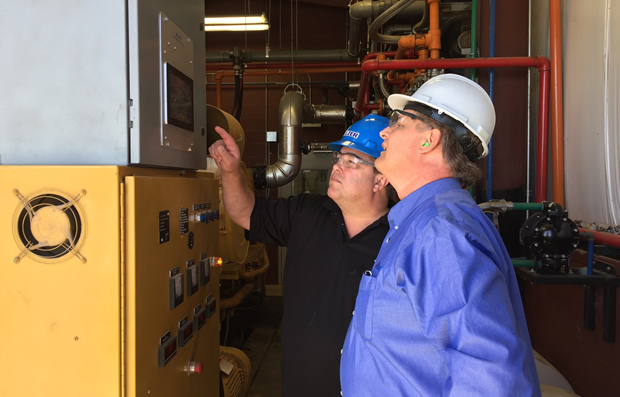
The new controller has the ability to bring in multiple data points such as engine load, oxygen percentage in the fuel gas, exhaust temperature, fuel gas pressure and many more. With that data, operators are able to control the exhaust emissions out of the stack without the need for an oxygen sensor. In this way the engine will run more efficiently and remain compliant with emissions regulations.
Having worked closely with the engineers from Granger, the team from Sulzer were able to put together a cost effective solution to enable the engine to remain within the compliance regulations 24/7. With the flexibility to manage a complex AFR curve, the controller improves fuel efficiency so that the engine now generates more electricity using less gas with a resulting payback period of 21 months.
Summers continued: “The greatest benefit that we have achieved is improved fuel efficiency. For a period of 90 days, we logged data from each engine. One was equipped with an EPC250 AFR control and the other was not. During this period of time, both engines ran at the same desired load of 750kW. Not only did the AFR controlled engine operate better with less down time, but it also showed a fuel efficiency improvement of 2.68% over the non AFR controlled engine. That means 2.68% profit increase to our business.”
As part of the final commissioning, the AFR-equipped engine underwent a series of tests to ensure compliance with the local emissions regulations. The controller maintained carbon monoxide, nitrogen oxide and nitrogen dioxide emissions to a 5ppm (parts per million) band during a four hour test and maintained the oxygen level to within 0.1% variation.
Todd Davlin, Director of Operations at Granger, concluded: “The products and service rendered by Sulzer absolutely met and exceeded our expectations. Their expertise, proficiency and professionalism resulted in Sulzer providing solutions to our challenges. We are so satisfied with the results that we are planning similar projects for this year at other locations.”
Similar articles
More from Sulzer Ltd
- Construction of Sulzer’s new Birmingham Service Centre on track 8th September 2020
- Electrical distribution powered up for holiday period 1st July 2020
- Rapid reverse engineering 18th December 2019
- The future of the oil and gas sector is now 25th October 2019


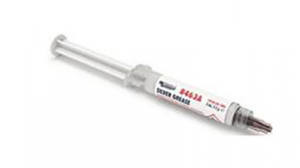
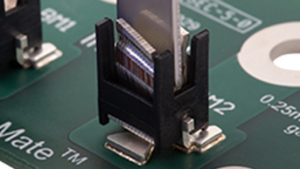
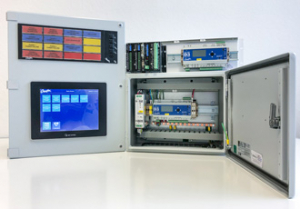







Write a comment
No comments